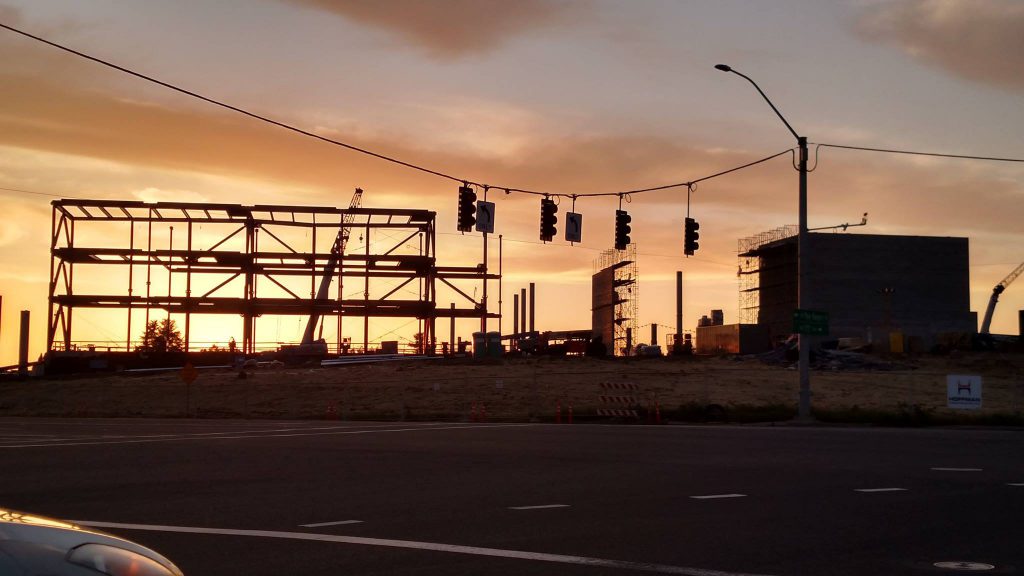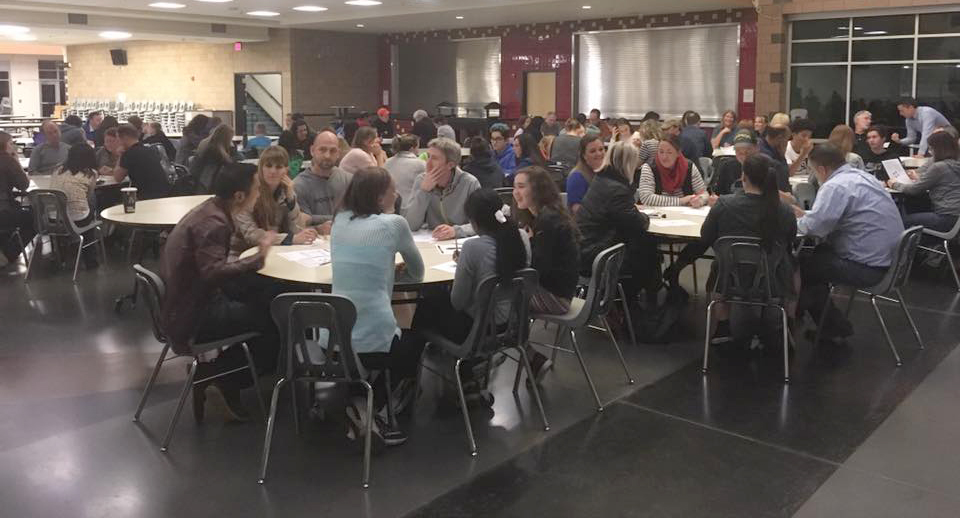Mountainside High School: Building a Culture From the Ground Up

Opening a new high school in an established district is a challenge that can be daunting in many respects. Mountainside High School in the Beaverton School District (Beaverton, Oregon) is no exception. A team from Inflexion (formerly EPIC) worked with the Mountainside leadership team to help clarify the importance of shared cultural identity and its role in the success of the school.

Opening a new high school in an established district is a challenge that can be daunting in many respects. Mountainside High School in the Beaverton School District (Beaverton, Oregon) is no exception. The staff will be comprised of educators from several different schools, many of whom have never worked together, and who have their own preexisting and divergent norms.
Students and their families are coming to Mountainside from three established schools with distinct demographics, traditions, and cultural identities. With this backdrop, the newly formed Mountainside leadership team quickly realized the need to bring a unified vision to a potentially volatile environment. They saw the need to create a new cultural identity that would represent the personality and values of the community.
A team from Inflexion (formerly EPIC) worked with the Mountainside leadership team to help clarify the importance of shared cultural identity and its role in the success of the school. Leaders saw the need to hear the true beliefs and values of the incoming community.

Rather than taking a traditional yet typically unproductive “town hall” approach, they created three listening session “launch events” at each of the three source high schools, with the sole purpose of discovering what is most important to the community. Attendees participated in a series of exercises prompting them to share their true hopes and dreams for the new school, and they worked in small groups intentionally made up of a mixture of students, parents, and staff to establish a precedent for bonding and unity of voice. The focus for the staff was listening as opposed to guiding the discussions. This proved to be a valuable source of information that shaped the approach the leadership team would take moving forward.
As a result of the community listening sessions, the leadership team heard the expectations and values from a sampling of students and parents firsthand and began to establish personal connections with them. With guidance from Inflexion, the team created a set of shared values that will serve as a filter for everything they do moving forward. They also created a mission statement, along with a “promise to the community” that will serve to inform important decisions, from staff hiring criteria to classroom management practices.
As they continue to work toward opening the school in fall 2017, Mountainside will begin to promote the shared values to the community by displaying them on printed materials, branding visuals, and on-site displays. New hires will be evaluated through a values-based lens to ensure unity of purpose throughout the staff, and professional development sessions will reinforce those shared values. Curricula will be developed with the intent to reinforce these values for both students and staff.











Responses